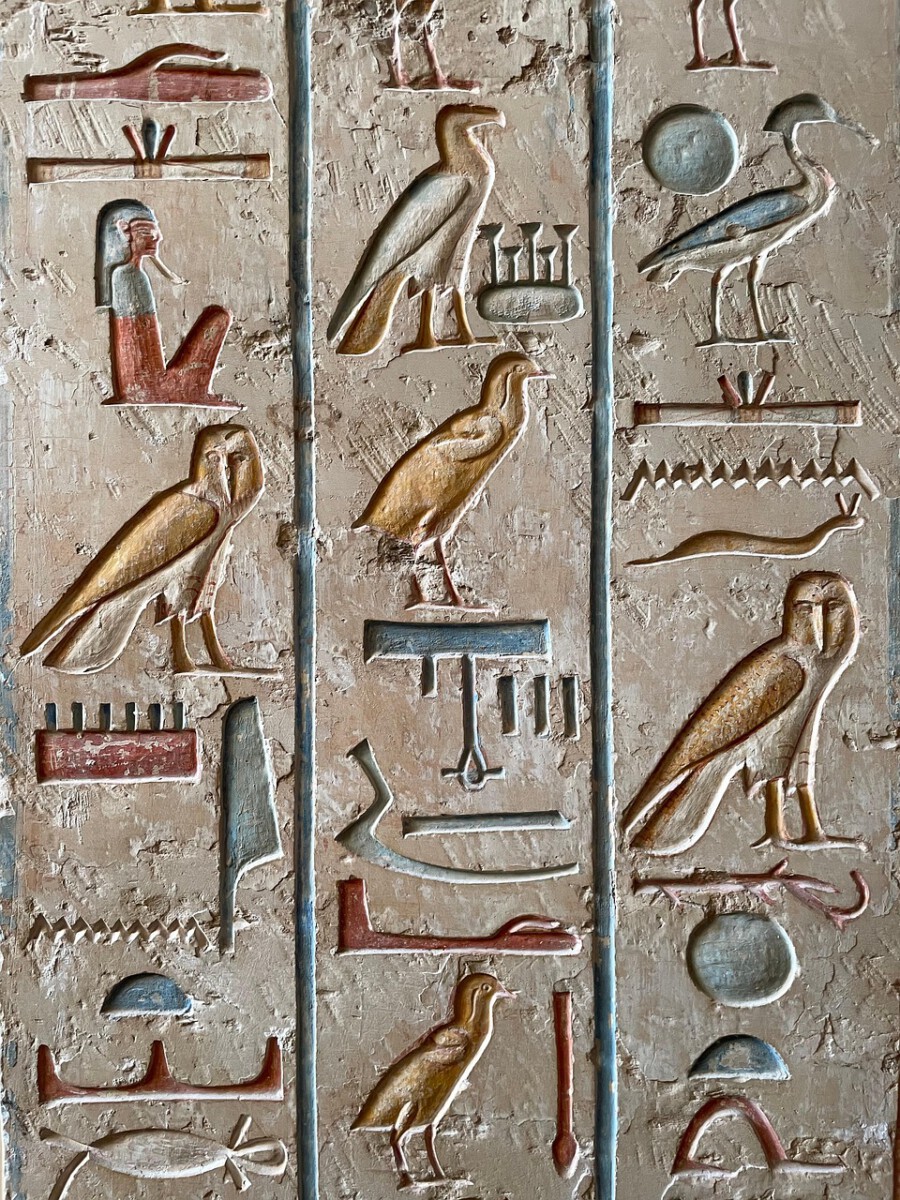The Unveiling of Secret Papers

In a surprising turn of events, a recently declassified document has sent shock waves through the corridors of power in the United States. The document, which had been shrouded in secrecy for decades, offers new insights into a pivotal moment in American history. With its release, historians and political analysts are now re-evaluating long-held beliefs about the events it covers. The document, housed in the National Archives, was declassified as part of a routine review process, but its contents are anything but routine. The revelations contained within have prompted discussions at the highest levels of government and academia.
Historical Context and Background

The document in question originates from the Cold War era, a time characterized by intense geopolitical tension between the United States and the Soviet Union. This period was marked by espionage, propaganda, and an arms race that kept the world on edge. During this time, numerous documents were classified to protect national security interests. The recent declassification sheds light on decisions made during critical junctures of this era. Historians are particularly interested in understanding how these decisions influenced both domestic and international policies, with some experts suggesting that the revelations might change the narrative of the Cold War itself.
Key Figures and Their Roles

The document highlights the involvement of several key figures in American history, including presidents, military leaders, and intelligence operatives. These individuals played crucial roles in shaping the country’s foreign and domestic policies. The document offers a behind-the-scenes look at secret meetings and strategic decisions that were previously unknown to the public. For instance, it reveals the extent to which certain leaders went to maintain the balance of power during tense diplomatic standoffs. These insights provide a more nuanced understanding of their leadership styles and decision-making processes.
Impact on Foreign Policy

One of the most significant revelations from the document is its impact on U.S. foreign policy during the Cold War. The document details previously undisclosed strategies and alliances that were instrumental in countering Soviet influence. It also highlights the challenges faced by American diplomats and the lengths they went to in order to secure favorable outcomes. This newfound knowledge offers a fresh perspective on the delicate dance of diplomacy that defined this era. It also raises questions about the effectiveness of these strategies and their long-term implications for international relations.
Domestic Repercussions

The declassification has sparked a re-evaluation of domestic policies during the Cold War. The document reveals how internal security measures were influenced by external threats, leading to increased surveillance and intelligence activities. This has reignited debates about the balance between national security and civil liberties. The document also sheds light on the political climate of the time, including the influence of public opinion on government decisions. These insights are prompting historians and policymakers to reconsider the legacy of this period in American history.
Technological Advancements and Intelligence Gathering

The document provides a fascinating glimpse into the technological advancements that were used for intelligence gathering during the Cold War. It details the development and deployment of cutting-edge technologies that were instrumental in espionage activities. From satellite surveillance to sophisticated listening devices, these technologies played a critical role in gathering crucial intelligence. The document also highlights the challenges faced by intelligence agencies in adapting to rapidly changing technological landscapes. This information is invaluable for understanding the evolution of intelligence operations and their impact on modern-day practices.
The Role of the Media

The media played a pivotal role during the Cold War, shaping public perception and influencing government policies. The declassified document reveals the extent to which the media was used as a tool for propaganda and information warfare. It also highlights the challenges faced by journalists in reporting on sensitive issues while navigating government censorship. This newfound understanding of the media’s role during this period provides a more comprehensive view of its influence on public opinion and policy decisions. It also raises questions about the ethics of journalism and the responsibility of the media in times of national crisis.
Reactions from Historians and Scholars

The declassification has sparked widespread interest among historians and scholars, who are eager to analyze its contents and implications. Many are revisiting their previous research and re-evaluating long-held assumptions about the Cold War. The document has also prompted a surge in academic discussions and conferences dedicated to understanding its significance. Scholars are particularly interested in exploring the document’s impact on historical narratives and its potential to reshape our understanding of this tumultuous period. This renewed focus on the Cold War era is expected to lead to new insights and discoveries in the field of history.
Public Response and Speculation

The public’s reaction to the declassification has been one of intrigue and curiosity. Social media platforms and news outlets have been abuzz with discussions and debates about the document’s contents. Many people are speculating about the potential implications of the revelations and what they mean for our understanding of history. Some are calling for further declassifications to provide a more comprehensive picture of the past. The document has also sparked interest in the role of government transparency and the importance of making historical documents accessible to the public.
The Future of Declassification

The recent declassification has reignited discussions about the future of government transparency and the declassification process. Many are calling for reforms to ensure that important historical documents are made available to the public in a timely manner. The document’s release has highlighted the importance of balancing national security interests with the public’s right to know. This ongoing debate is expected to shape future policies and practices related to declassification. As more documents are declassified, historians and the public alike will gain a deeper understanding of the past and its impact on the present.





